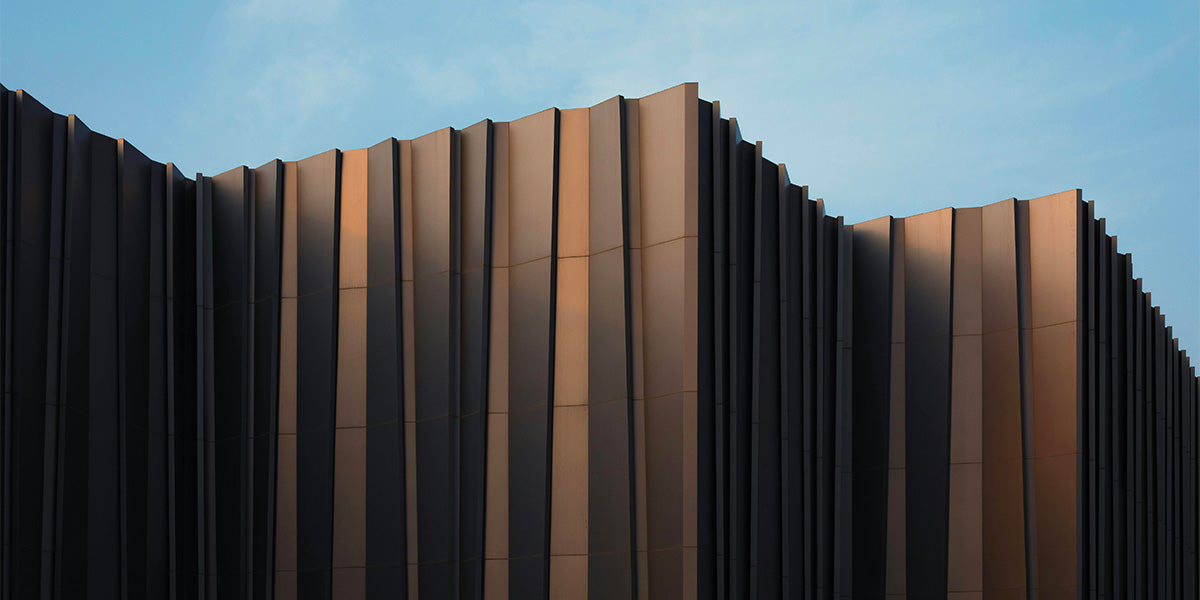
The greatest Designers/Architects in the world
Introduction
Architecture and design are disciplines that shape our environment, influence our daily lives and reflect the evolution of our societies. This article highlights the world's greatest designers and architects, those visionaries whose works have transcended borders to become icons of world heritage.
Iconic figures of design and architecture
Le Corbusier
Charles-Édouard Jeanneret , better known as Le Corbusier, represents a major figure in modern architecture, having profoundly marked the 20th century with his revolutionary concepts. His works, such as the Villa Savoye in Poissy , illustrate his famous five points of modern architecture, combining functionality and aesthetics. This approach has not only transformed the design of living spaces but also laid the foundations of contemporary town planning, advocating harmony between the home and its environment to promote the well-being of occupants.
The Marseille Housing Unit is another emblematic example of its genius, envisaged as a “vertical city” integrating housing, collective and green spaces. Through his achievements and writings, notably “Towards an Architecture”, Le Corbusier influenced generations of architects and urban planners, leaving a lasting legacy that continues to inspire for his innovation and humanist vision of architecture. His work transcends time, testifying to his incessant quest for aesthetic and practical solutions to improve the human condition.
Frank Lloyd Wright
Frank Lloyd Wright, pioneer of organic architecture , revolutionized the way we design spaces by advocating a respectful and harmonious integration of architecture into its natural environment. His approach, characterized by the desire to create buildings that appear to be one with the site on which they are located, marked a break with traditional architectural practices. Wright firmly believed that architecture should not only meet the needs of its users but also reflect the physical and spiritual characteristics of its environment, thereby fostering a deeper connection between man and nature .
The house on the waterfall, or Fallingwater House , located in Pennsylvania, is undoubtedly one of the most striking illustrations of this philosophy. Designed for the Kaufmann family in the 1930s, this iconic residence sits directly on a waterfall, incorporating running water and natural rock into its design . This fusion of architecture with the surrounding landscape not only seeks to minimize the visual impact of the building but also aims to enrich the experience of the occupants, offering them a total immersion in the beauty and tranquility of nature. Wright thus paved the way for a more conscious and respectful approach to architecture, lastingly influencing future generations of architects.
The modern era of design
Zaha Hadid
Zaha Hadid , an emblematic figure of contemporary architecture, is famous for her innovative approach and avant-garde style . His designs, often seen as futuristic works of art, profoundly transformed the perception of space and structure in modern architecture. Hadid was able to break traditional barriers by using fluid and dynamic forms that seem to defy gravity and architectural conventions. His buildings are not simple structures, but expressions of movement and fluidity , reflecting his interest in technological advances and the possibilities they offer for exploring new forms and spaces.
The Heydar Aliyev Cultural Center in Baku , Azerbaijan, and the National Museum of 21st Century Arts (MAXXI) in Rome, are two iconic examples of his ability to create spaces that merge the functional aspect of architecture with an aesthetic impressive. The Heydar Aliyev Cultural Center , with its flowing curves and clean white envelope, emerges as a monumental sculpture, offering a welcoming and open space that invites interaction and exploration. On the other hand, the MAXXI, with its labyrinthine interiors and sinuous lines , pushes the boundaries of traditional museum design, promoting an immersive and dynamic experience for visitors. Through these achievements, Zaha Hadid not only demonstrated her exceptional creative talent but also left a lasting legacy, inspiring architects to envision the future of architecture in a bold new light.
Jean Nouvel
Jean Nouvel, an internationally renowned French architect , stands out for his ability to integrate his works into the urban fabric while giving them a unique and striking identity. His projects reflect a deep reflection on the role of architecture in its environment and on the way in which it can enrich the visual and cultural dialogue. Nouvel is particularly recognized for his innovative use of modern materials such as glass and metal , and for his mastery of natural light, which he manipulates to create unique ambiances and spatial experiences. The Cartier Foundation for Contemporary Art in Paris is an emblematic example of his approach, where the glass structure integrates harmoniously with its environment while providing a bright and open space dedicated to art.
On the other hand, the Agbar Tower in Barcelona illustrates Nouvel's ability to merge technical innovation and distinctive aesthetics. Inspired by the Montserrat mountains surrounding Barcelona and the organic forms of Gaudí's architecture, the tower is distinguished by its fluid silhouette and changing exterior skin, made up of thousands of glass panels that reflect daylight and illuminate brightly at night. This building not only marks the skyline of Barcelona; it dialogues with the city and its inhabitants, proposing a new interpretation of skyscraper architecture. Through his creations, Jean Nouvel demonstrates how architecture can both respect and transform its urban context , by providing spaces that stimulate reflection and social interaction.
Exploring new directions in design and architecture
Technology and design
The integration of technology into architecture opens up new possibilities for intelligent and interactive buildings. Norman Foster's projects, such as Apple Park in California, illustrate the fusion of technological innovation and architectural excellence.
Minimalism
Minimalism, with its “less is more” principle, continues to appeal. This approach, favoring simplicity and purity, is visible in the works of Tadao Ando, where raw concrete interacts with natural light to create spaces imbued with serenity.
Conclusion
Designers and architects play a crucial role in shaping our world. Their vision and creativity not only define the aesthetics of our environment but also contribute to improving our quality of life. As witnesses to the evolution of society, they remind us that design and architecture are a reflection of our humanity.









Leave a comment
This site is protected by reCAPTCHA and the Google Privacy Policy and Terms of Service apply.